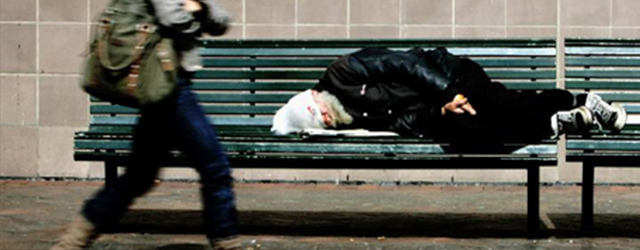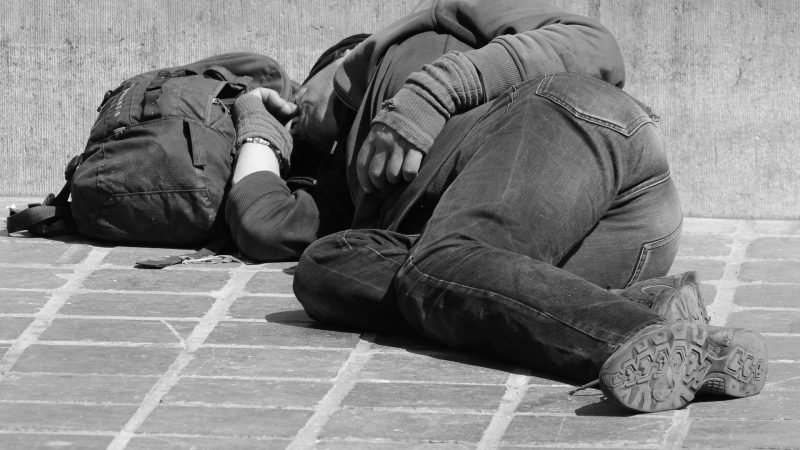Homelessness is a problem. Everywhere you walk, you see a homeless person sleeping on the street, taking up public space and making the streets of our cities less safe. This is what many people think when they see a homeless person peacefully sitting on the street.
Earlier this year, police began arresting homeless people in Tampa, Florida for sleeping or storing their belongings in public spaces of the city. This was in response to claims that the homeless are dangerous people with drug problems.
However, most homeless people are far from this common stereotype. The biggest cause of homelessness in the United States is not drugs but the lack of affordable housing, with tragic life altering events, and physical impairments, like depression or untreated mental illness, as lesser known causes.
As the gap between the poor and rich gets bigger, people are suffering because they can’t afford a home. City governments across the country are raising the cost of homes, resulting in wealthier individuals taking over what used to be communities for low income housing. These individuals displace the original people living there and force them to either move to a community they can afford to live in or live on the streets, known as gentrification. The National Low Income Housing Coalition estimates that in order to maintain an apartment a renter must make $18.79 an hour, “exceeding the $14.32 hourly wage earned by the average renter.”
So why all the lack of compassion towards our fellow neighbors that simply want a place to leave their possessions? In Leonard C. Feldman’s book, Citizens Without Shelter, the author explains that the cause of disorder in communities with homeless people is not the presence of those homeless people and their actions but the fear the citizens of the community feel of this disorder. Feldman goes on to argue that urban dwellers should abandon the desire for “complete control and certainty” in their community and become more receptive to “disorder, uncertainty, and difference.” He argues that urban planning “should be oriented toward fostering unplanned encounters between strangers to help them overcome their fears of disorder and difference.” Our fear of the possible crimes that may result from one homeless person on the street is a reason for real criminals to take advantage of us and make crimes that we later blame on the unfortunate homeless on the street, whose only real desire is to sleep in a warm bed with warm food. With the constant exposure to the homeless, residents of the community will be able to obtain a realistic image of the struggles the homeless have to go through every day.
The homeless were punished for simply being present in the Florida community and trying to keep their belongings somewhere. Where else are they supposed to leave their belongings? Homeless shelters currently cannot hold the amount of homeless people in the country. Statistics show that approximately 3.5 million Americans experience homelessness every year. Shelters can only house a small fraction of that. So, a great deal of the homeless must find somewhere else to sleep and keep their belongings. And for those that are given a chance to stay at a homeless shelter most must leave in the morning. Homeless shelters often close during the day, forcing the homeless to carry their belongings everywhere they go.
So what can be the answer to what many residents around the country think is a nuisance? We need to regain our compassion for the homeless in order to have a safe environment for all members of society.
After regaining our compassion, we can urge our local leaders to lower the cost of housing in this country. We need to create housing that the low income members of the community can afford by lowering the rent to what a person working minimum wage would make.
Homeless and Unwanted: The Decrease in Compassion in America



